“My opinion is that we owe it to the farmers, landowners, and our quarry to carry out pest control to the very best of our ability, and for me, this includes using the very best equipment available.”
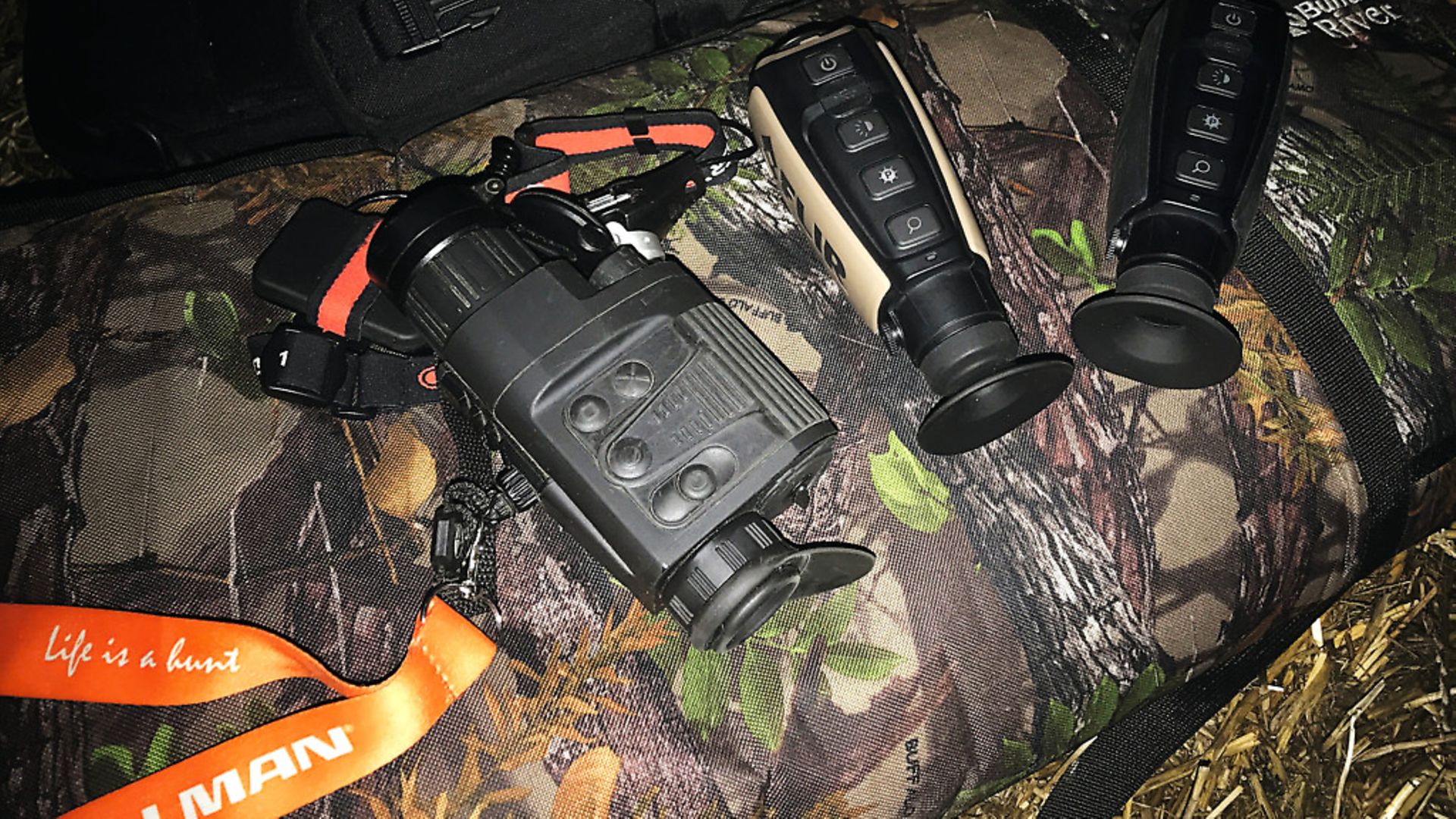 credit: Archant
credit: Archant
After my last daytime outing on the skinnies with the FLIR thermals, it was time to get into ‘night fever’ mode and see exactly what these little hand-held spotters were capable of – and they had stiff competition in the shape of my aging, discontinued, but very impressive Pulsar Quantum XQ38B. However, we must keep in mind that the Pulsar was over £2500 almost three years ago, and the Scout 3 is currently around the £2.8K mark, with the SLX in the region of £2.4K, so by comparison, the Pulsar would break the £3K-plus mark easily today.
The Scout has a larger sensor and better target recognition than the SLX and this is even more evident on cold nights, although the difference is not as great as I expected. Both are easily used single-handed and as I mentioned previously, very easy to navigate, even without instructions. I find the ‘white hot’ and ‘black hot’ screen modes work best for me, but the different ‘red hot’ settings are always interesting. With a quick start up and refresh you’ll find you’re not wasting time once in the field. The Scout also has a target recognition range of just over 1100m, which is more than adequate for most situations.
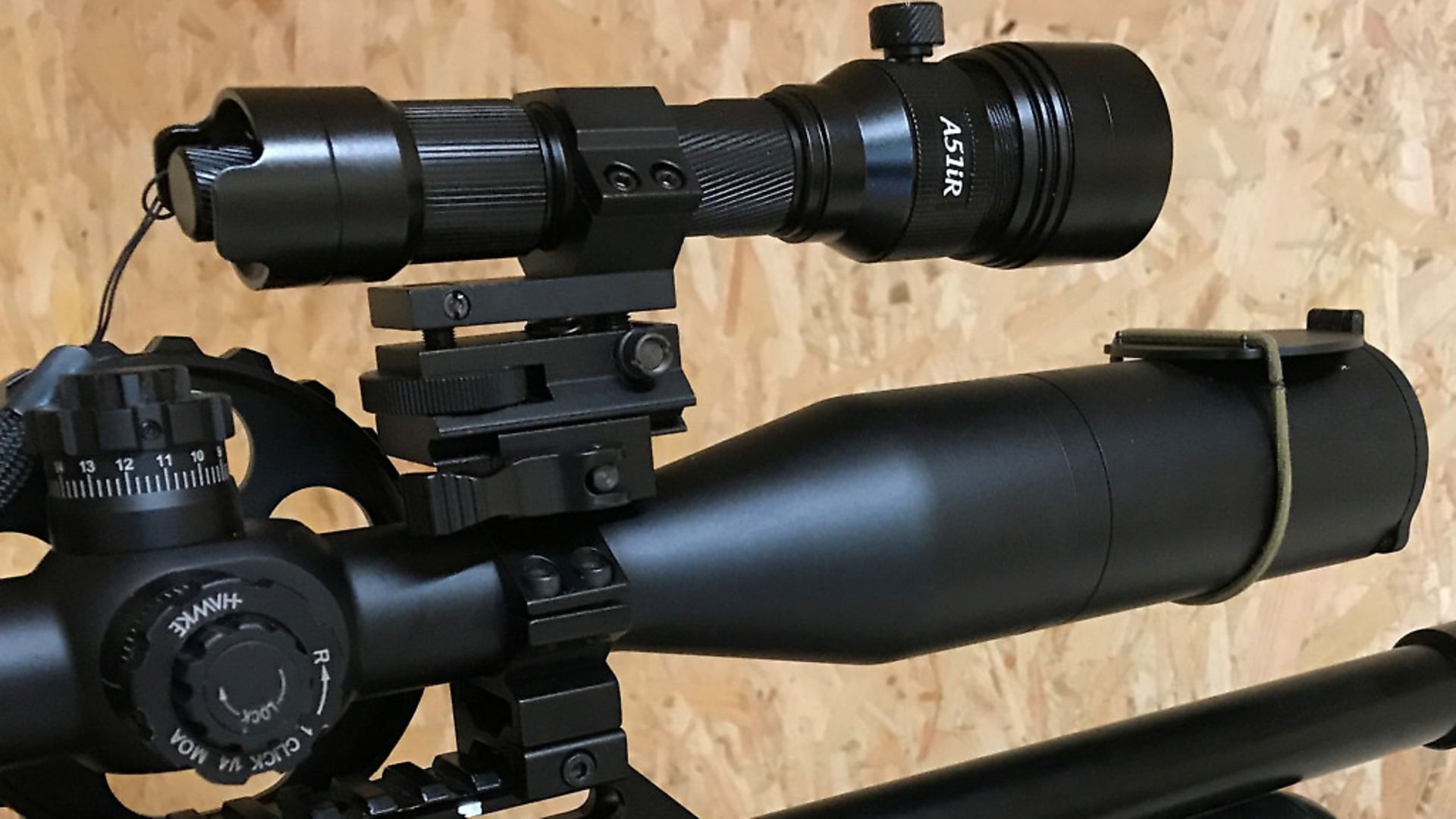 credit: Archant
credit: Archant
Two-fold mission
The mission tonight was two-fold; firstly a rabbit problem on the edges of the now established rapeseed, and then to assist my good friend, Mick the keeper, with a problem fox that had been bothering the game birds, especially the partridge that roost out in the fields at night. The plan was for me to be there early and try to take a few rabbits, skin and prep them, then leave the remains as bait for old Charlie.
My rifle of choice for this was my trusted .25 FAC FX Impact, with the Hawke Sidewinder on top, and I was going ‘old school’ with the Wicked Lights LED lamp. This is the A51IR model that has a single red LED and two IR LEDs – the 850nm and the 940nm.
I first came across this at the Shot Show in Las Vegas earlier this year, when I was lucky enough to accompany Cowan and Paul from Scott Country International, and I immediately knew that this particular model was a winner, and I’m quite chuffed that SCI decided to stock them. The American suppliers were good enough to send me this model to test and I’d been itching to give it a proper run out since it arrived – and tonight was going to be the night.
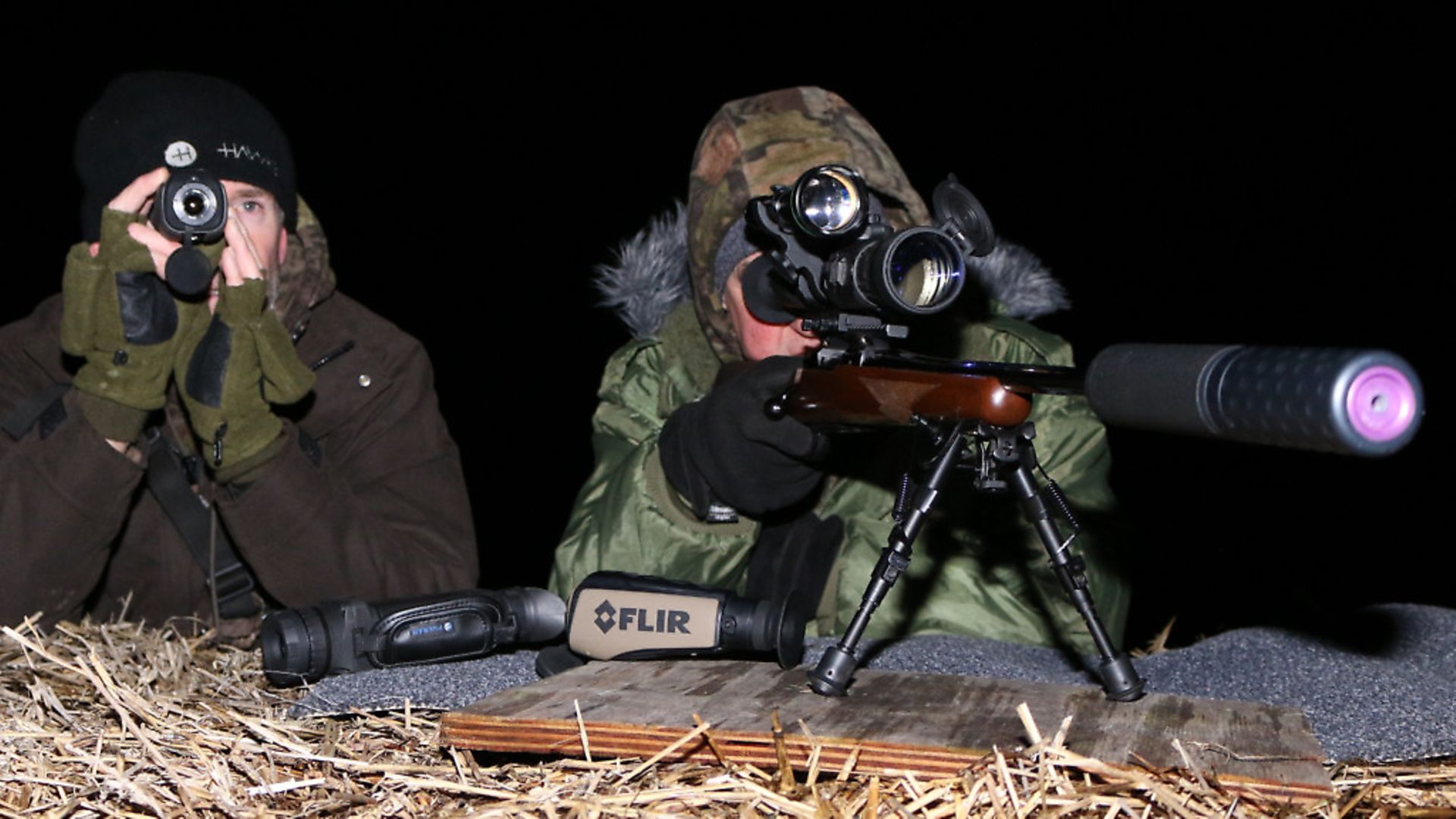 credit: Archant
credit: Archant
Knowledge of the land
With my mag’s filled with Air Arms 25 grain Diablos, I arrived early to give the area a once-over. By parking at the very top of the field, I could scan the whole area and easily spotted the very disappointing few rabbits that were out, but it was still early and I hoped that things would change.
The badgers were out in force and I saw around half a dozen in the first 30 minutes, and then something that really got me excited – Charlie was here and in a perfect spot … but not for me. I hadn’t brought the .223 because my job for the evening was rabbit control and spotter for Mick, so I took it as a good sign and moved on silently. Confident that my knowledge of the land and wind direction would help me from alerting foxy to my position, I skirted the hedgerows, keeping the slight breeze in my face and on Charlie’s back. I kept him in sight and was happy to see him wandering round the meadow looking for a mate. I gave the odd squeak to see if he’d raise his head, which he did, so I knew that he’d be interested later if he returned – more knowledge stored in my hunting memory bank. We are always learning and every step can teach you something new – no matter how much you think you know, there’s always something else to pick up on.
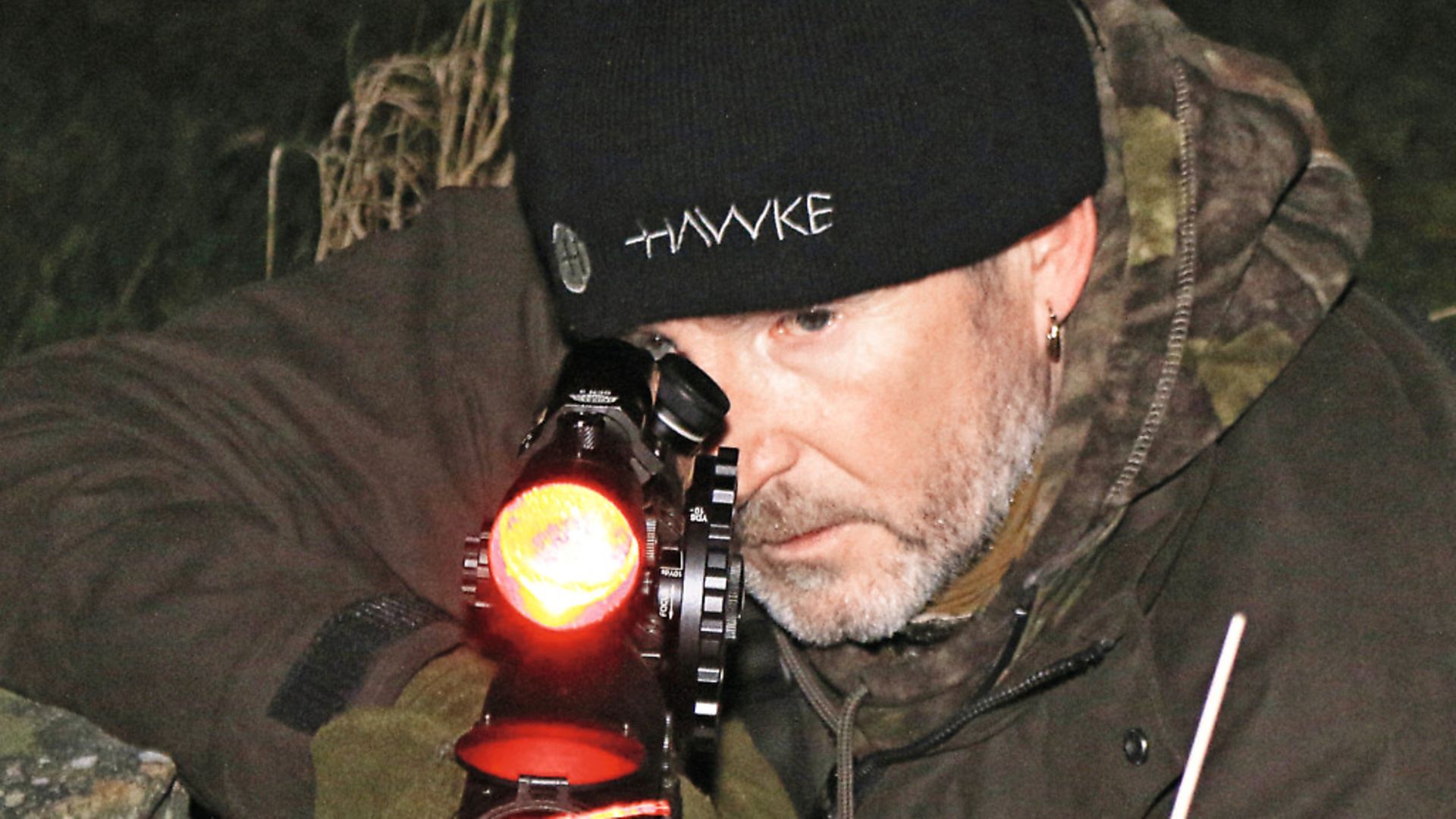 credit: Archant
credit: Archant
Back to business
Once I saw old ginger disappear over the hill, it was back to the task in hand and a scan with the Scout revealed a beauty of a rabbit at 60 yards, but with the hedge line too low for a rested shot I had to opt for a freestander. The Wicked Lights lamp illuminated the rabbit perfectly and the image in the scope was almost daylight. I concentrated on getting my breath controlled and waiting for my heartbeat to steady seemed to take an age, but it came as it always does, the Diablo was sent out directly into the sweet spot between the ear and eye, and the rabbit just fell forward, lifeless. I was quite happy with the shot, but not with the retrieve, although the shot was 60 yards I had to walk maybe 1000 yards because it was in an adjacent field with no easy access, so traversing through three fields for a retrieve had me questioning my actions … was it worth it? … too right it was! The pellet had hit the kill spot exactly and had exited low on the other side with just a trickle of blood from the exit wound.
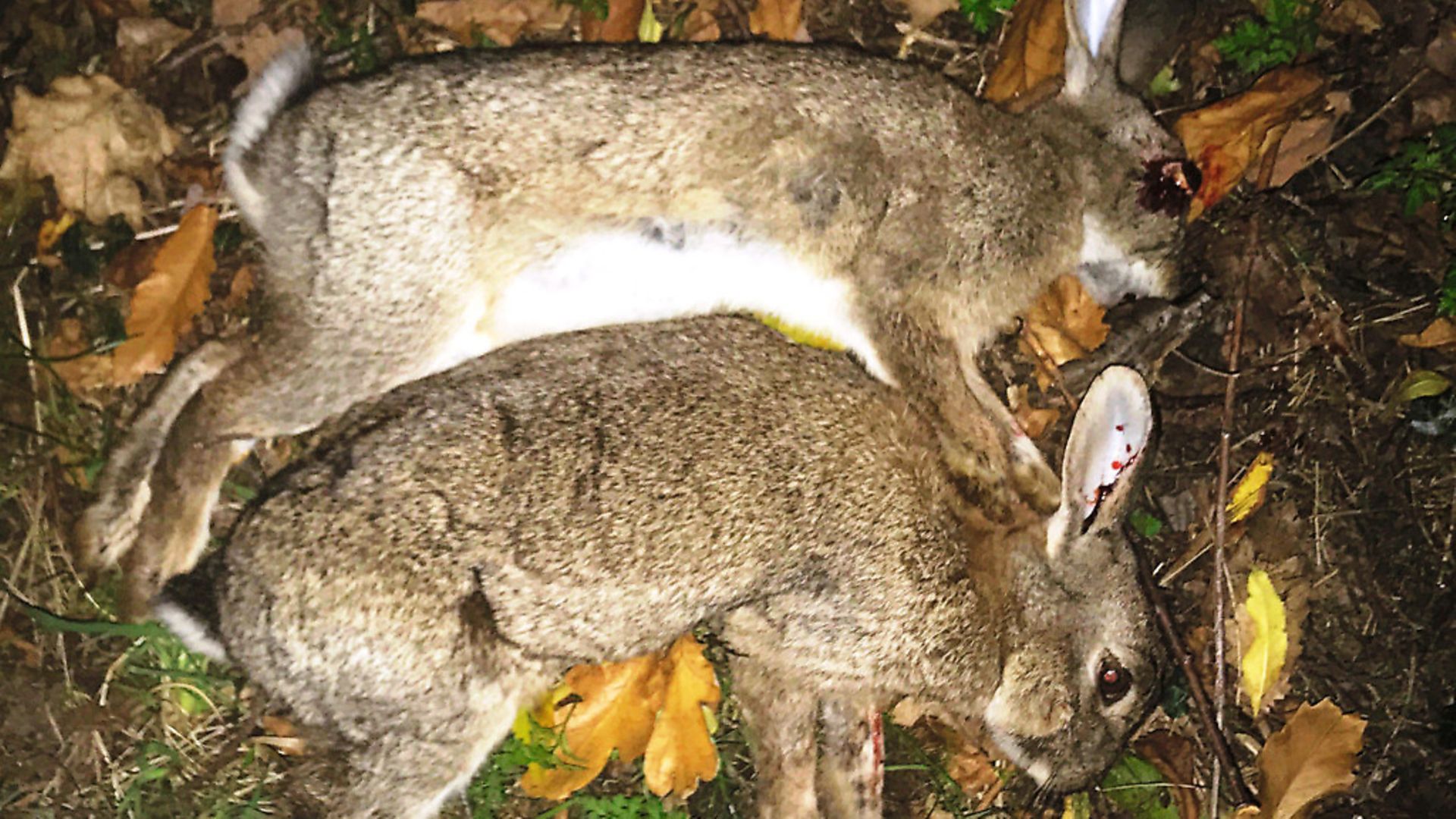 credit: Archant
credit: Archant
Stalking head
Quickly, I made my way back toward our vantage point on the hill overlooking the ‘fox fields’, stopping for a few minutes to skin the rabbit. I left the remains on the known path favoured by the foxes and was soon back at the vantage spot where Mick arrived in his Landy shortly afterwards. It was a cold night and we were both wrapped up against the elements, but these conditions are good for using the thermals. Both the Scout and the SLX worked very well, the rabbits were still not out in numbers and the slight breeze had now died leaving us in a completely still and freezing scenario.
Mick uses the Pulsar XQ19F so we had a good cross-section of spotters to compare. I fully intended to give the FLIRs a good go and leave my favoured Quantum in the bag, but my partner was used to his Pulsar and decided to stick to it, which was good because we had an immediate comparison.
We spent the next hour spotting various wildlife, including rabbits out at 400 yards; rats, mice, badgers at 800 yards and the odd owl, but no fox. I had my stalking head on and went walkabout, leaving the FLIR Scout with my shooting buddy to try, if he could pry himself away from the Pulsar. I took another two rabbits at a much more leisurely 40 yards, after almost belly-crawling over the fields, to get within a decent position to shoot from and with much simpler retrieves, spotted with the Flir SLX and illuminated with the A51IR.
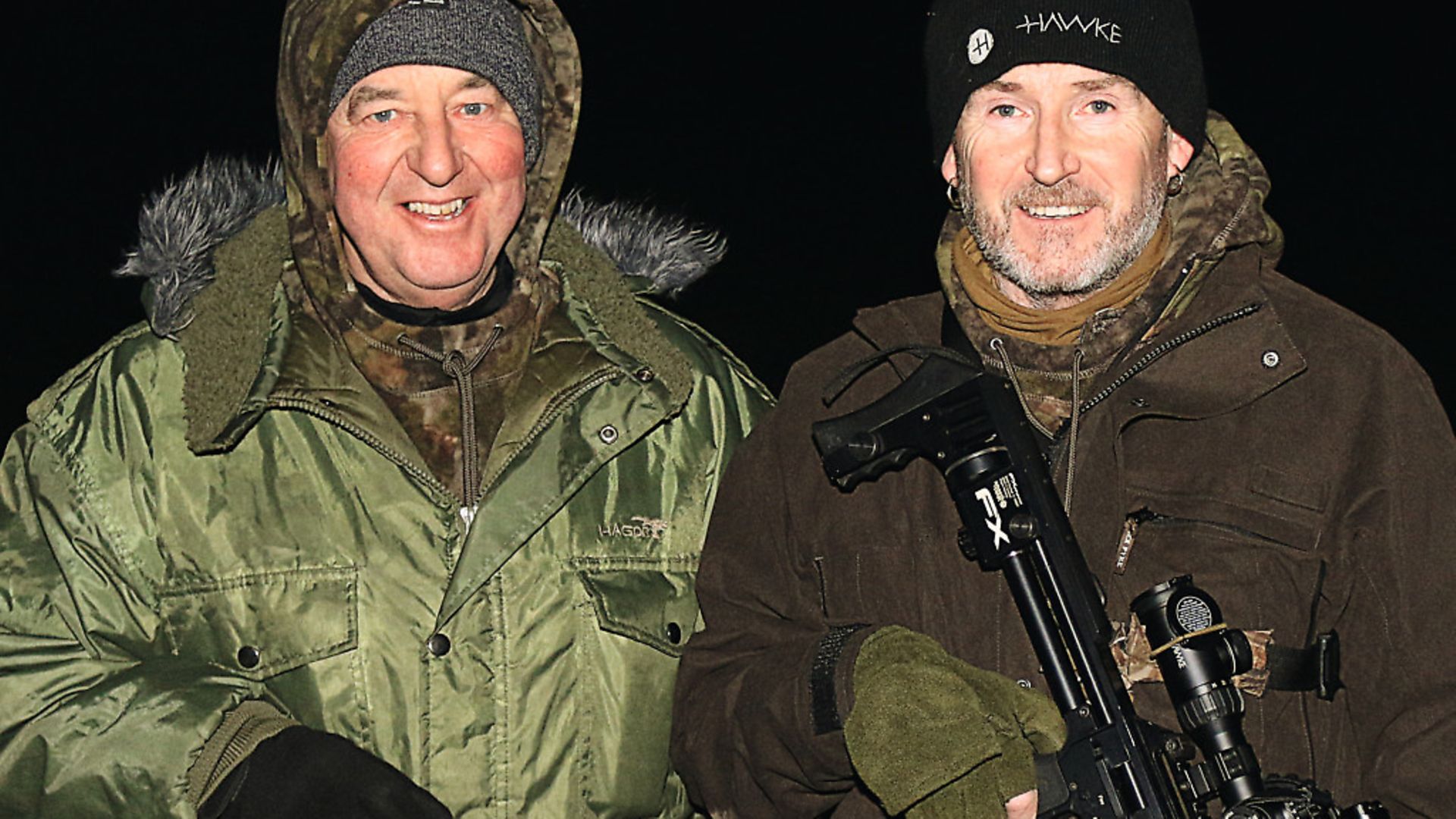 credit: Archant
credit: Archant
Different ways
I was beginning to think about the different ways of using thermals; full on with both spotter and scope, halfway with thermal spotter and digi night-vision, or thermal spotting with lamp and dayscope as I was tonight. Whichever you choose, the thermal is at the centre of it all and it’s a genuine advantage to me when carrying out a professional and successful approach to pest control.
As I made my way back to our base camp, Mick had seen me heading his way and was flashing his lamp intermittently. I knew he was alerting me to something and hoped it would be the fox, so I made it back as silently as possible and found him with the Scout. I glided in and took up the SLX to be greeted with a satisfying view. The fox was almost on top of the bait I had left out, but was acting very wary, I am sure this was the same one I’d seen earlier.
“You okay, Mick?” I said.
“You set?”
“Yes!” was the answer, and the rest is now history – probably not for the pages of Airgun World, but suffice to say that the preparation and local knowledge paid off in spades.
Best equipment available
I had time to reflect on the evening afterwards, along with some of the often heard comments on social media and from meeting up with a few readers, mainly regarding the use of thermal spotters and scopes, but also the use of FAC airguns and how some classed this as cheating.
My opinion is that we owe it to the farmers, landowners, and our quarry to carry out pest control to the very best of our ability, and for me, this includes using the very best equipment available. This just doesn’t include guns, scopes, spotters, and so on, but also pellets, clothing, feed for bait etc. Rest assured, though, that all this is of absolutely no use without fieldcraft – that is the one thing you cannot buy, along with ability, and without it you’ll be wandering round the woods wondering why you haven’t seen a single thing – no matter how much money you throw at it. I probably spend more time walking the woods and fields checking out the land and the ever-changing skyline, just to keep myself sharp and taking it all in. A top athlete will train and practise for months for a 10-second sprint, and we should be no different. Keep your fieldcraft up to date and reap the benefits.
No going back
At one stage, someone probably said that the first airguns and scopes were ‘cheating’ and I suppose we could go back to throwing stones at our quarry, but I feel like I owe it to my farmers and landowners to provide the most productive and professional service I can.
__________________________________________________
Read more from Mick Garvey...
Using decoys and hunting pigeons
Hunting: Re-reaping the rewards
A great day hunting pigeons and squirrels